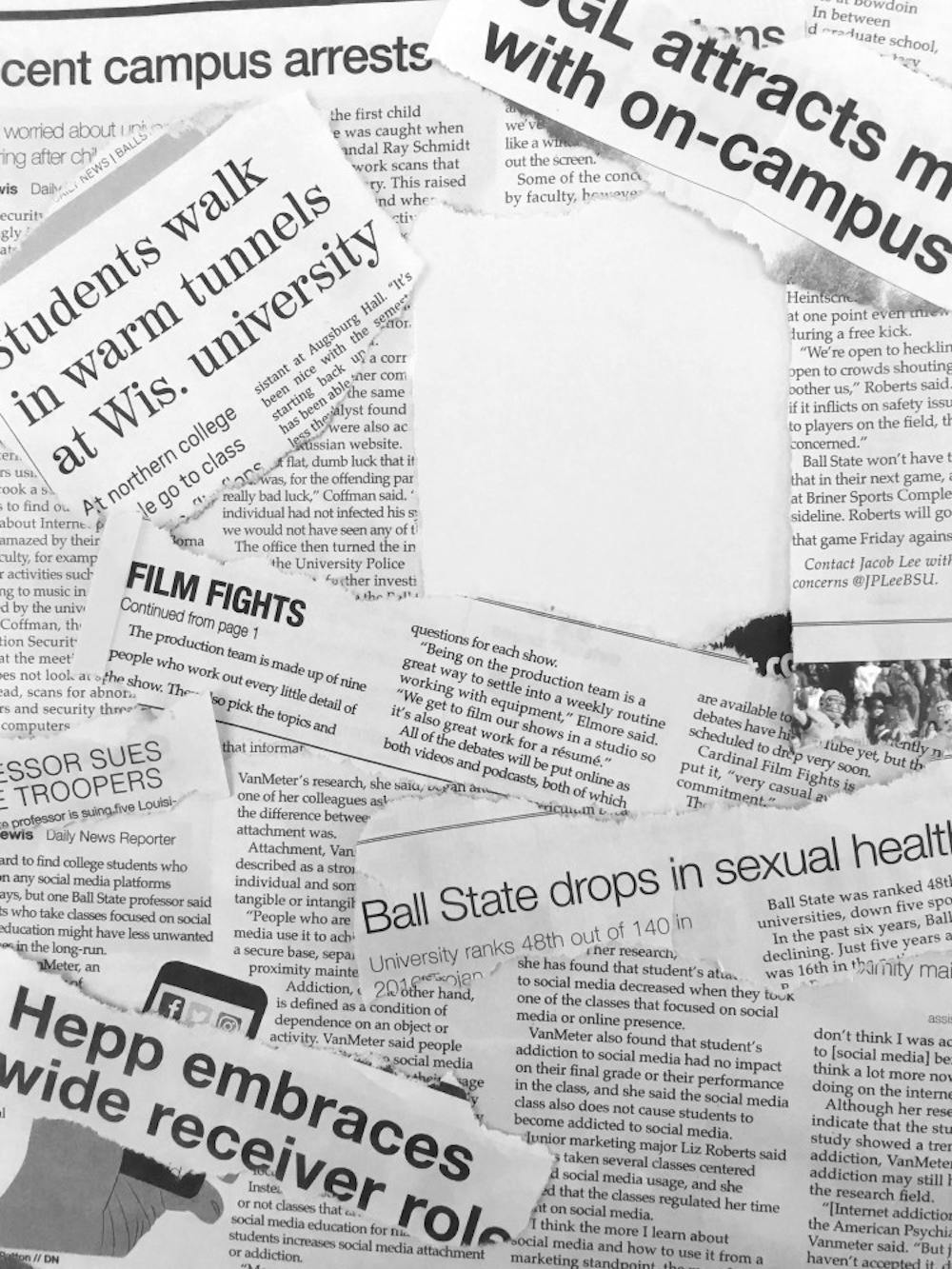Fake news has blown up during this election season, and the fight against it just keeps growing.
But how to combat it? That’s the million-dollar question.
It all comes down to media literacy, said Melinda Messineo, chairperson of the Department of Sociology.
“People partly want to believe stories,” Messineo said. “They get into a echo-chamber model where they’re looking for certain narratives to play out. If it’s affirming of suspicions you have, you’re more likely to believe it.”
And fake news becomes a much bigger issue when people aren’t able to interpret what’s real or not, Messineo said.
After an online conspiracy theory surfaced about a Washington, D.C., pizzeria operating a child sex ring in the back room, a man stormed the restaurant with a gun to investigate it himself. “Pizza-gate,” as the conspiracy theory was called, started with false news stories and spread through social media.
“People had very much taken for granted that what they were seeing had been vetted,” Messineo said. “Until you knew there was fake news out there, you may not have been thinking about it.”
A Stanford study found many students didn’t know the difference between real and fake news, a discovery that researchers called shocking and bleak.
“Many people assume that because young people are fluent in social media, they are equally perceptive about what they find there,” said professor Sam Wineburg, the lead author of the study and founder of SHEG. “Our work shows the opposite to be true.”
They found students weren’t able to reason about information they saw on the internet, and couldn’t tell advertising from actual content.
A Buzzfeed analysis showed in the final three months of the election season, the top performing fake news stories on Facebook performed better than top stories from major mainstream news outlets.
It’s a challenge to get people to care about being media literate, Messineo said, because that means assuming that people want to be more literate and make better choices. But they have to be willing to invest that time and energy to do so.
In order to improve media literacy and be able to tell real news stories from fake ones, Messineo and Phil Bremen, an associate professor of journalism and telecommunications, offered some tips:
Check your sources
Make sure the source you’re reading is legitimate. It may take a bit of digging, Messineo said, but when you start frequenting more than one source, it becomes easier.
“Ask the question — does this seem realistic? Is this rational and realistic?” she said.
In addition to which outlets you’re reading, look at who is cited in the stories. Who is the source? What are their interests in the story?
But the most important thing to ask: How do you know?
“We all need to ask that,” Bremen said. “How do you know, how does the source know, how does the reporter know, does the source have credentials?”
See if the publication has a phone number and a brick-and-mortar address, Bremen said. The "about" page is a good place to look for information about the site.
Read the whole story
A lot of the time, people just read the headline and the first few paragraphs of the story, then think they know what’s going on. But they’re missing a lot of important information that way.
“Resist the temptation to go just with a headline — on your newsfeed or anywhere else — and actively seek out different accounts from different news organizations,” Bremen said. “Because nobody will cover everything.
Messineo urged students to read the whole story, and if there are follow-up pieces, to read those too.
“You don’t know what you don’t know,” she said. “Go deeper and find more information and don’t feel like you have the whole story.”
Go beyond Facebook and Twitter
Facebook and Twitter are useful for sharing stories, but it doesn’t give you the whole picture.
Friends can unknowingly share fake news, Messineo said, and it can be risky to always trust their vetting process.
Visit websites for reliable media outlets and see what stories are there, she said. That way you’re not relying solely on your friends and followers to show you news.
Support good journalism
“Now more than ever we need to support good journalism,” Messineo said. “We need to support places like the New York Times, who are well-trained and have well-vetted sources and have high standards of reporting.”
Not wanting to pay for news because you can get it for free leads to fewer in-depth stories because outlets can’t afford it, Messineo said.
But beyond that, have a variety of sources, Bremen said.
“If you’re a conservative, force yourself to read responsible liberal publications,” he said. “If you’re a liberal, force yourself to read maybe the Weekly Standard or the National Review — folks with who you may not agree, but at least you know they’re not off-the-wall wacko.”





